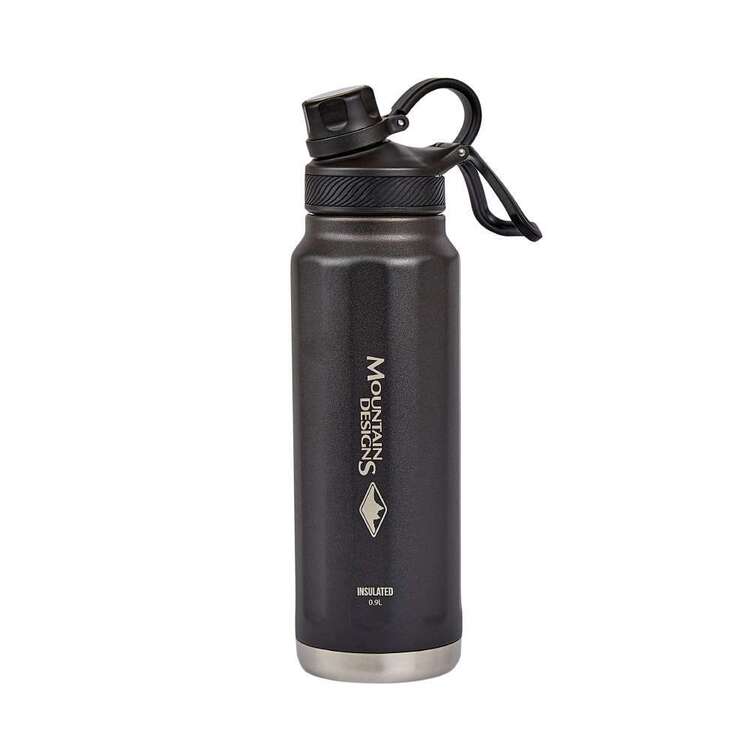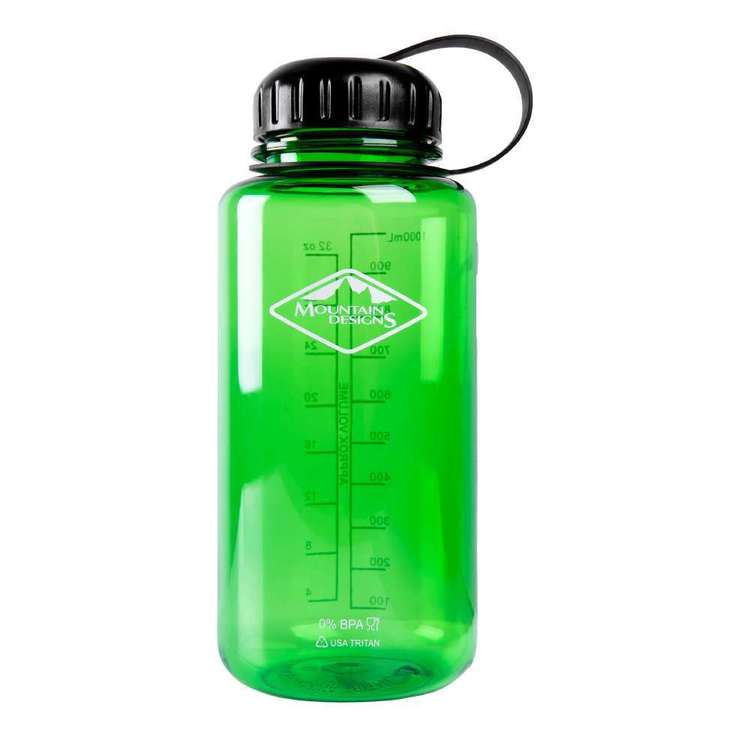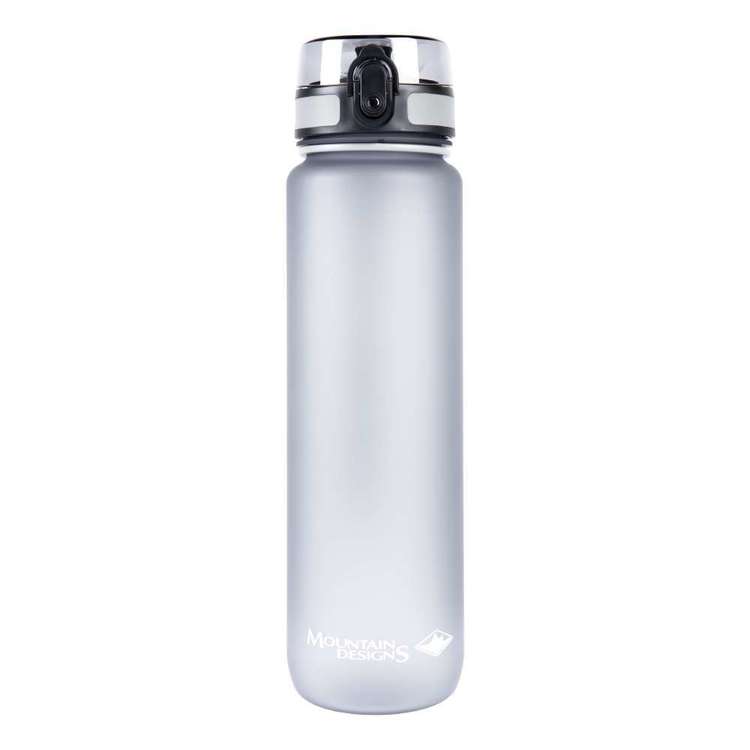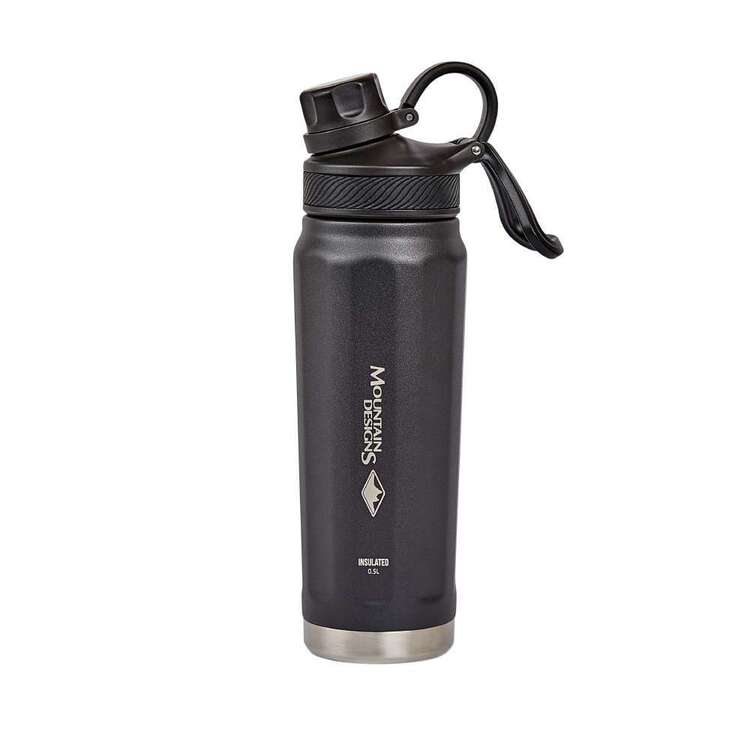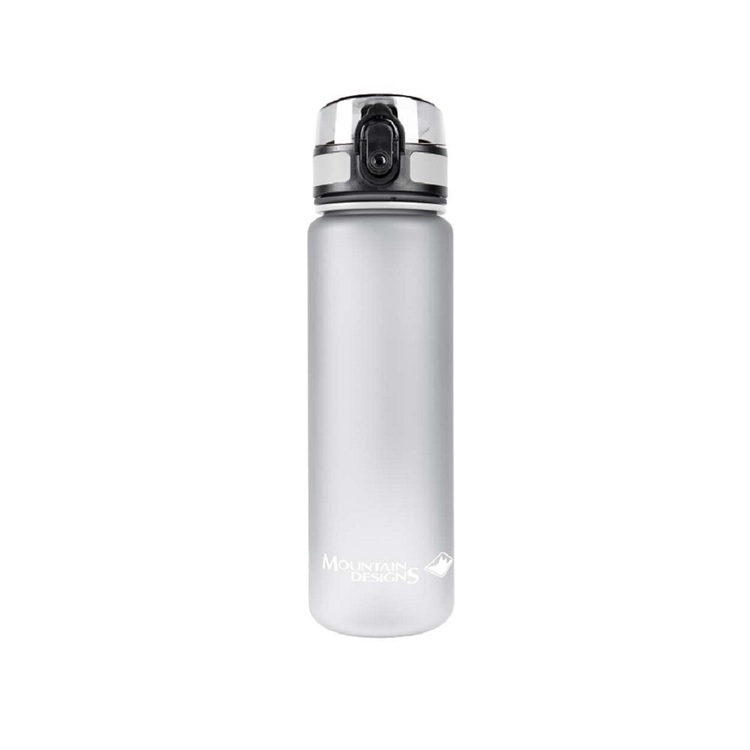| Your browser is not supported. | ||
|
Please browse our site using any of the following options:
| ||
Hydration
At Mountain Designs, we have a range of hydration equipment to help you keep your cool. Explore a larger collection of Hydration Equipment at Anaconda.
5 items found.
How can you stay hydrated outdoors?
To stay hydrated outdoors requires preparation and accessibility. If you hit the trails assuming there is going to be easy access to drinking facilities, you're setting yourself up for trouble and more than likely, dehydration.
Hydration starts the day before you head out, when you should be drinking water or an electrolyte hydration drink consistently over the preceding 24 hours. During your adventure and from a gear perspective, a hydration pack or hydration bladder in your backpack is an effective way to stay hydrated. These have a flexible tube straw that allows you to keep hydration up while you're on the move. If you don't opt for either of these, at the very least you should have a water bottle on hand. In terms of volumes, a steady amount of water (or a sports drink) at regular intervals through the course of your activity will keep your hydration levels even.
Why is hydration important?
Hydration is important for your health and wellbeing - the benefits of drinking water or a sports drink are well documented, as is the harm of dehydration. For outdoor activity, dehydration effects can be at the very least uncomfortable and at their very worst, dangerous.
When you stay hydrated, you have:
- Better muscle function, so your physical skill level is higher for longer;
- Better body temperature regulation, so you don't overheat;
- Better blood pressure regulation, so your heart doesn't have to work as hard;
- Improved blood circulation, meaning the blood is better at delivering oxygen and nutrients to muscles and removing waste from your system;
- Less muscle fatigue, and therefore less chance of muscle tissue injury; and
- Sustained concentration and decision-making ability, keeping your mental focus better for longer.
When you are dehydrated, some of the symptoms may include:
- Thirst;
- Dry or sticky mouth;
- Dark yellow urine or infrequent urine/no urine at all;
- Very dry skin;
- Dizziness;
- Headaches;
- Increased or rapid heartrate;
- Increased or rapid breathing;
- Sunken eyes;
- Lethargy or sleepiness;
- Confusion and disorientation;
- Fainting, and;
- Muscle cramps.
Note that the severity of these symptoms can vary, depending on whether you have mild, moderate or severe dehydration. From these lists, it becomes pretty obvious that drinking water or a sports drink to stay hydrated is an essential part of enjoying your adventure.
What should you consider when choosing hydration equipment?
The primary consideration when choosing hydration equipment is volume or capacity. How much can it hold? The amount you need will depend mainly on your own body requirements, and the activity type.
Once you have determined how much you want to hold, you need to choose the type of container. You may opt for a water bottle, hydration pack or hydration backpack, or just a hydration bladder for a day pack or hiking pack, whichever is your personal preference.
Quick tip: if you're looking at a hydration pack, make sure you assess the hydration bladder capacity (typically between 0.5 litres and 3 litres), not the hydration backpack capacity (overall storage volume of the hydration pack). These are two different things.
How can you rehydrate quickly?
Dehydration is typically caused by vomiting, diarrhoea or excessive sweating. So when you're outside adventuring and working up a sweat, your risk of dehydration increases, especially if it is hot and humid. If you've ever had a dehydration headache, you'll understand this firsthand.
Knowing the best drinks for hydration and how to rehydrate properly is critical if you're suffering from dehydration effects:
Water - Drinking water is often the easiest, cheapest and most effective way to stay hydrated. Sports drinks are a good alternative, especially if you need sodium to replace lost body salts or electrolytes.
Coffee & Tea - This is a tricky one; in moderation, coffee or tea can act as an effective means of hydration as well as providing a quick surge of energy thanks to their caffeine content. But avoid excess amounts of either, as they can act as a diuretic and actually lead to dehydration effects.
Milk - Interestingly, milk is a useful way to rehydrate post-activity. Low fat or skim milk contains sodium which helps to 'hold' water in your body, while full fat milk also offers protein. Too much milk can make you feel bloated so manage your intake.
Fruit & Vegetables - For a hydration snack, try berries, melons, oranges, grapes, lettuce, spinach or cabbage.
Electrolyte Supplements/Drinks - As mentioned earlier, sports drinks are a good way to replace lost sodium and body fluids. You might also go for electrolyte tablets, which dissolve easily in water and do the same thing.
What can you use to purify water?
Mountain Designs offers a range of water purification devices that enable you to have fresh drinking water on longer outings where there are no apparent water sources. These help to remove bacteria and other microorganisms, eliminate sediment, and improve taste and clarity. Look out for brands such as LifeStraw, Katadyn and SteriPEN, who specialise in these water bottle filtration devices that can be used with water from creeks and rivers.
Should you choose a plastic, glass or stainless-steel water bottle?
You're not going to carry around a glass of water with you so you're going to need to choose a water bottle. Which one ultimately comes down to personal preference but some of the benefits of each include:
Plastic - Is highly durable, lightweight and generally the cheapest option. Some people don't like plastic as a textile for the environment or think it is harmful for their health, however, all the water bottles in our range are 100% BPA free.
Glass - Has a premium look but is the most fragile, which isn't ideal on the trails or around the campsite.
Stainless Steel - Is highly durable, and will have insulative properties if it has a double-walled construction.
Which hydration packs store a large amount of water?
The volume or capacity of the hydration bladder of a hydration pack or hydration backpack typically ranges between 0.5 litres and 3 litres, but this will vary depending on the brand and the hydration bladder types that they use in their designs. For example, you can get a Mountain Designs hydration pack or a CamelBak hydration pack that holds 2 litres or 3 litres.
